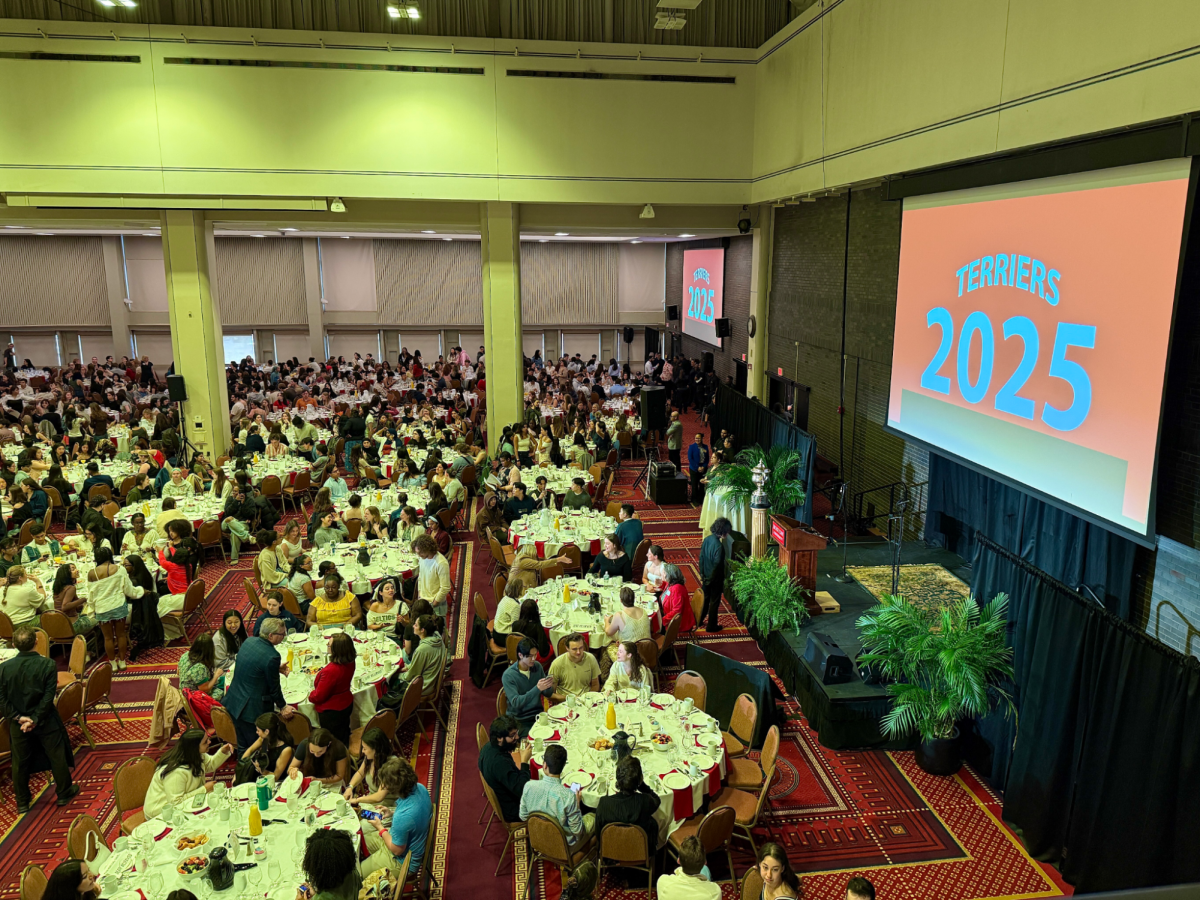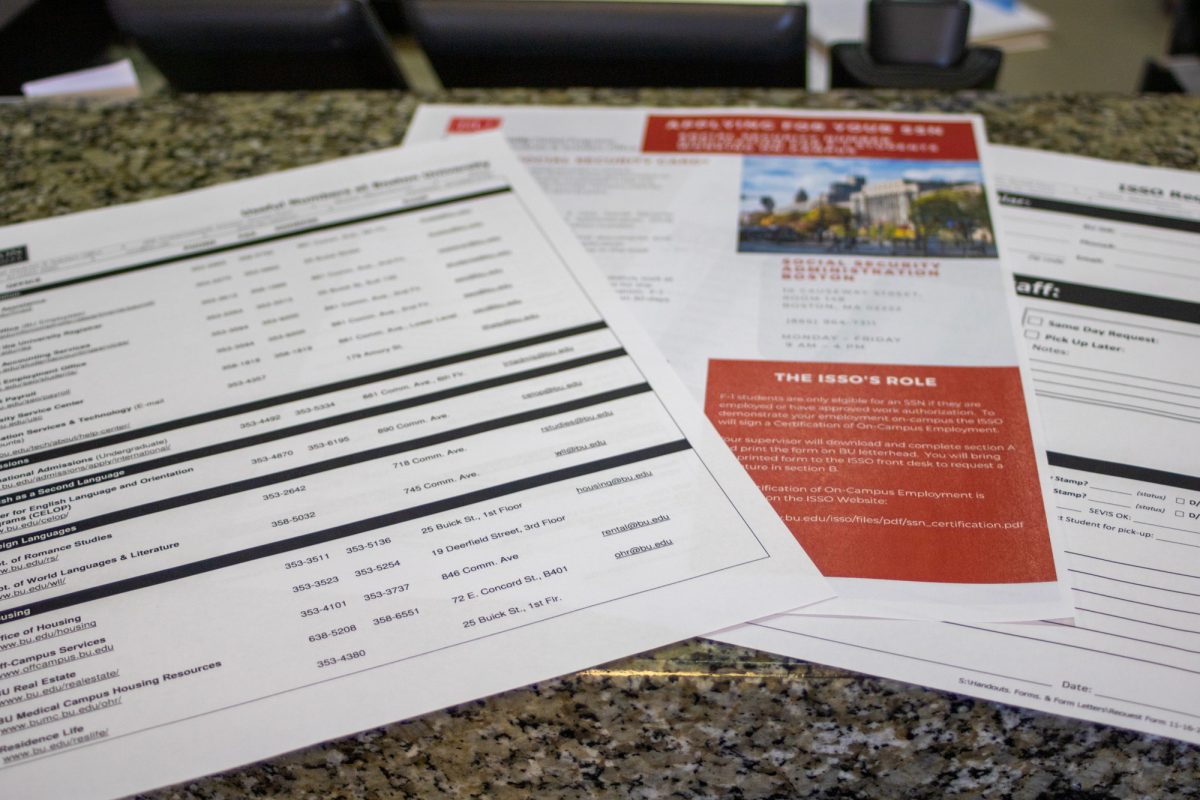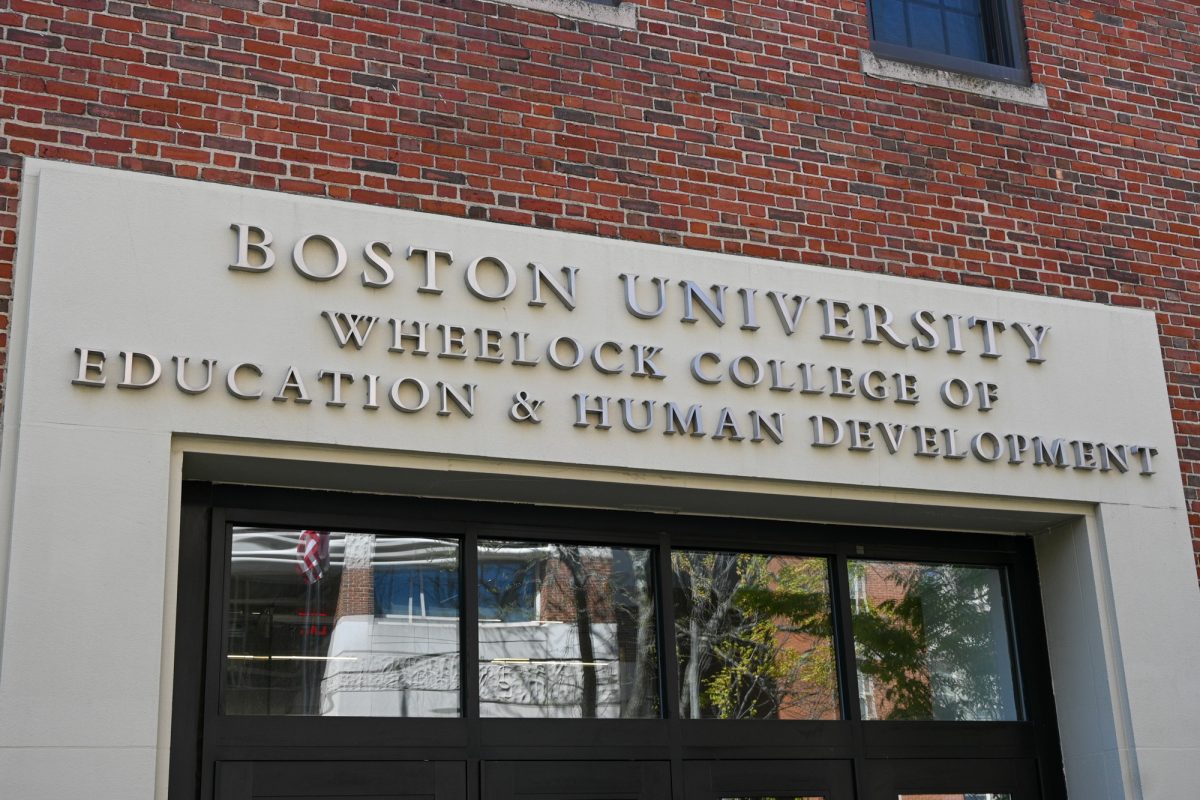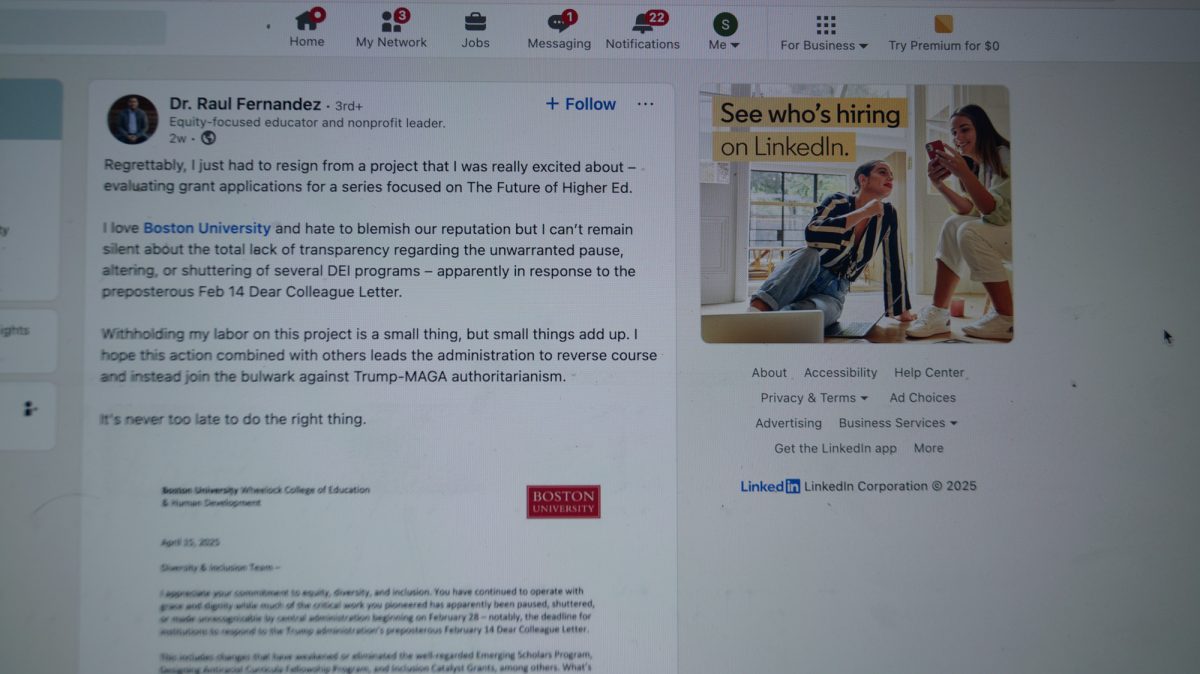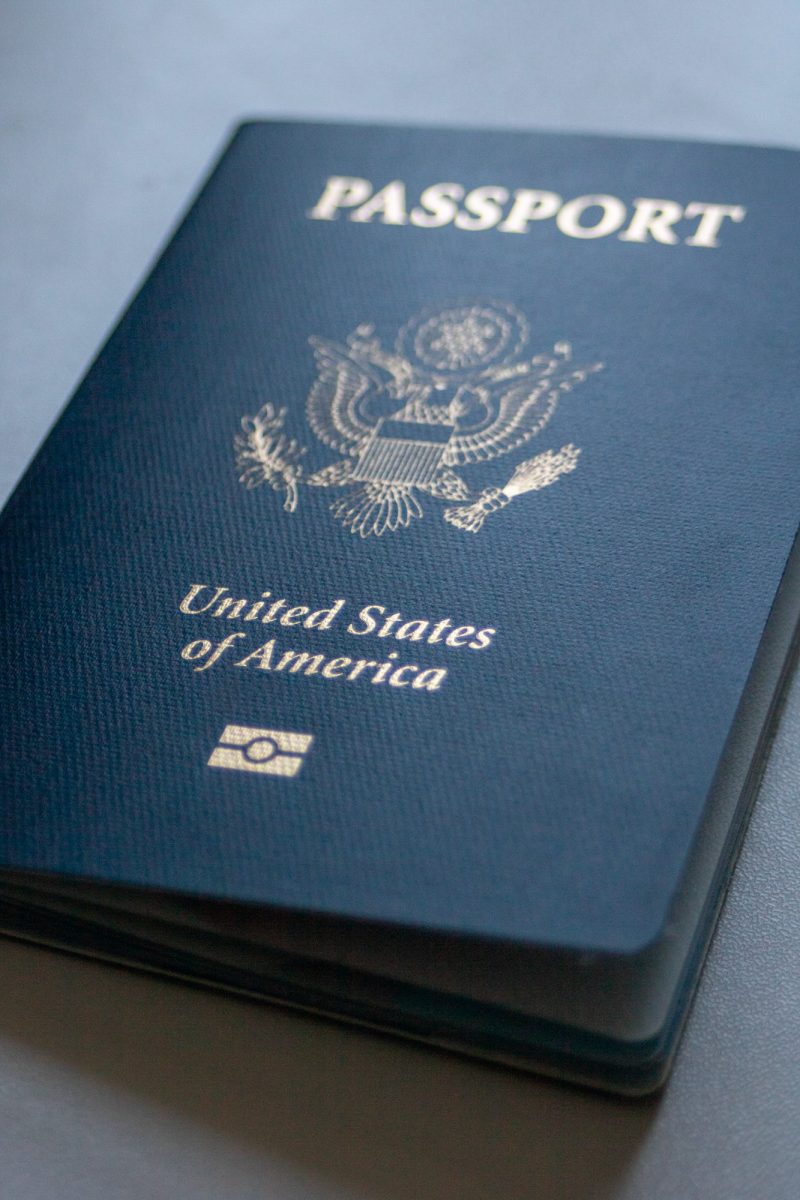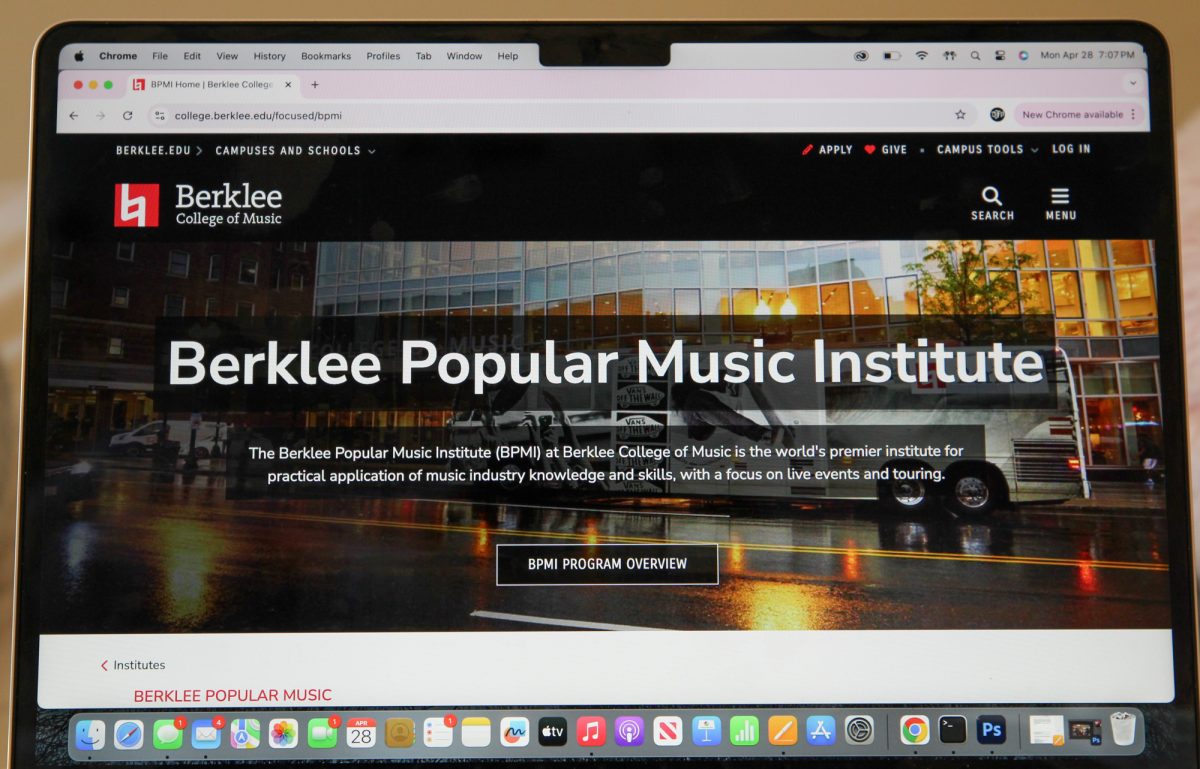With the new semester just getting under way and professors handing out syllabi complete with required reading lists, those Boston University students who have yet to purchase their textbooks are scurrying about to do so.
The obvious place to go would seem to be the campus bookstore, Barnes ‘ Noble at Boston University. But there may be more than one show in town for the student in need of Ray Garrison’s Managerial Accounting, or any other book for that matter, and these alternative options may not be the usual suspects.
IN THE SHADOWS OF AN INDUSTRY
The college textbook industry is an unqualified behemoth, raking in close to $6 billion during the 2003-2004 school year, according to a July 2005 report by the United States Government Accountability Office entitled, “Enhanced Offerings Appear to Drive Recent Price Increases.”
The GAO report said although textbooks prices have followed closely with tuition increases, textbook costs tripled from December 1986 to December 2004, outpacing the rate of inflation over the last two decades by twice as much.
According to the GAO, which used data from Education’s Integrated Postsecondary Education Data System, “First-time, full-time students attending 4-year private, nonprofit colleges were estimated to spend $850 for books and supplies in their first year,” or roughly eight percent of the cost of tuition and fees in the 2003-2004 period.
Yet, as textbook prices climb, many students still continue to use the campus bookstore as the primary place to get their textbook every semester, and with good reason, according to Barnes ‘ Noble Vice President of Textbooks Jade Roth.
“Being on the local campus and having aggressive cash-back programs, by knowing exactly what the professors want, by ensuring that we have the exact book in the exact quantities that the students need when the students need them, we believe that the on-campus bookstore with Barnes ‘ Noble can offer the best private service,” she said.
While acknowledging the reality of competition and the normal consumer desire for choice, as well as the proliferation of choices in the electronic age, Roth said Barnes ‘ Noble still provides highly valuable services to students, including buyback and in-store pick-up.
Students who opt not to avoid the campus bookstore have found a variety of options online, accessible at their fingertips.
Amazon.com, a publicly traded company since 1997, has become the industry leader in selling books online. Half.com, a company owned by eBay, has also followed suit.
“Amazon was one of the first companies to be successful in doing commerce on the Internet,” said Peter Russo, director of the School of Management’s Entrepreneurial Management Institute. “And I think that really gave a lot of other people the sense that this could become viable.”
Russo said the idea of selling books online took off once other companies realized a profit could be made.
“When people see somebody getting traction in the marketplace, all of a sudden it kind of makes it seem far more real,” he said.
Today, Amazon has a large market share in bookselling, with revenues of nearly $8.5 billion in 2005.
Facebook.com spokeswoman Meredith Chin said in an email the popular social-networking site had partnered with Half.com in the form of a sponsored Facebook group named “Student Superstore,” which links directly to Half.com’s website.
THE OTHER OPTION: YOU
While the vast resources and international appeal of Amazon and eBay may make these online stores the prime option for students to buy their textbooks from instead of using the campus bookstore, there are other, less direct options for students to consider.
Combining tech-savvy skills with student discontent over high textbook prices, student-run online book-buying and selling has emerged as a legitimate alternative to the campus bookstore.
“I don’t see any reason at all why [a student-run online textbook business] couldn’t be viable,” Russo said. “There are low barriers of entry to get into the business,” he continued, “and for that reason, it’s a logical thing for students to be interested in.”
Russo said this kind of business could easily flourish because its target market is used to online commerce, as well as having a “narrow and easily definable product set.”
“It’s very easy to be focused on a very specific product line, as opposed to carrying every book imaginable,” Russo said. “And then you also have the ability to actually focus the business on a campus or on a city, where you have a geographic presence.”
Russo said these are among the most difficult barriers facing a typical business trying to enter this kind of an e-commerce market.
However, the key factor providing credibility to this idea is a very low customer acquisition cost. Russo said once word about the business reaches students it could potentially spread in an almost viral manner, especially over the Internet.
“Students who have tried to develop any sort of business marketing to other students tend to be surprisingly efficient at gaining market traction and market awareness,” he said. “It is a very easy and efficient population to get at, and so it works very well.”
Russo said some of the potential benefits of a student-run online book-selling business were a limited inventory or maintenance of selling, since it usually takes place in a concentrated period at the beginning of a semester. In addition, Russo said, good visibility for the product line and the possibility of delivery to students in the local geographic area make the business concept a sound idea.
The idea should be a reality at a time when textbook prices are spiraling upwards, those actually involved in the industry said.
Michael E. Mould, author of the book Online Bookselling: A Practical Guide with Detailed Explanations and Insightful Tips, said the rising cost in textbooks has led to a invaluable niche market in online book-selling.
“Students are getting wise to the tactics of buyback programs and do not want to sell their used textbooks back to the university bookstores or other online buyback programs for $3 when they can get much more for it online themselves,” Mould said in an email. “There is no good reason for a college student to accept only $3 for a used textbook and allow the university bookstore to resell it for a profit of over $90. I think this is a prime example of why college students are driving the growth of online textbook selling, i.e., they, too, are getting fed up with paying for big companies to realize huge profit margins at their expense – literally.”
Mould said, however, even if students are using websites such as Half.com to get more money for their books than in regular bookstore buyback programs, the student-run book-selling are businesses “few and far between,” something he decried.
“It is unfortunate that more college students do not run online bookselling businesses while they are in school,” he said. “The profits they could realize would go a long way toward paying for their own books and tuition, and there is really no reason for them to feel compelled to sell only textbooks, they could capitalize on thrift stores and library sales to supplement their inventory with other books, too.”
While the number of online businesses actually has the potential to grow significantly in the coming years, Mould said, he would discourage students from starting brick-and-mortar businesses, principally because of prohibitive overhead costs such as utilities, paying employees, taxes and insurance. He said, however, a fraternity or sorority with its building could realistically start a service both online and in a brick-and-mortar fashion.
Actually starting the business poses many challenges, but a few have already done so.
STUDENTS ARE BOOKING ‘EM
In September, 2006, Magnus Grimeland, along with fellow Harvard student Tom Hadfield, founded CrimsonReading.org, an online service for Harvard students looking to get coursebooks at a cheaper price than they could at Harvard’s bookstore, The Coop.
Students click on the department they are looking for as well as the specific class. Then, a list of books and prices appears, including whether the book is used or new.
Grimeland said the whole concept is designed to give students the cheapest package available for all of their books for each course. Students can see a price comparison for each individual book. Consequently, some books may be from The Coop or Barnes ‘ Noble as well as Amazon or Half.com, as long as they are the cheapest listed price the site could find.
One of the signature aspects of the business, Grimeland said, is having two-and-a-half percent of every student’s purchase going to charity. Last semester, Grimeland said, the site saw more than $4,000-5,000 of sales, though he said the numbers were not yet final. Money may be going to student groups of each student’s choice in the coming semester, Grimeland added.
While Grimeland said Harvard students still need The Coop, Crimson Reading is “a great way for people who need to save money on textbooks to get them, and also a good way to give a little bit back to the community.”
Grimeland said The Coop offers services Crimson Reading cannot provide, including actually inspecting the books before they are purchased and an easy return policy if a student decides to drop a course.
Nevertheless, he said, “You won’t be able to get books cheaper than this.” Grimeland said he feels what he is doing could be viable at campuses across the country.
Indeed, a forerunner to Crimson Reading was started by Jonathan Webber at Northwestern University in the summer of 2005.
Webber founded NUOnlineBooks.com in response to complaints from his friends about high textbook prices.
His business is similar to Crimson Reading in that it provides links to Amazon and Half.com, once students have clicked to their individual course. However, Webber said his business is a non-profit with a seven percent referral after each purchase going to the website, which is then donated to local charities.
“We’re just a middle-man that provides information to allow students to save money on books online,” Webber said. “Additionally, they can make a donation to charity.”
Webber said while he has no direct sales figures, from September to December 2006, the site received 3,500 unique hits and raised $4,500 for charity during that period.
The crux of Webber’s argument for existing, he said, is if students lived in an ideal world, he would not.
“The campus bookstore should be providing a service to students,” he said. “If they really, truly are providing a quality service, then everyone would use it. But if students are actively seeking alternatives from having to purchase at the campus bookstore, the campus bookstore isn’t doing [its] job.”
Grimeland agreed, and said student businesses can make a difference when they see a need for change.
“We saw that there was a problem, and we wanted to solve it,” Grimeland said. “In general, it’s a good practice to do that when you are a student, because that’s what you’re going to be doing the rest of your life.”

